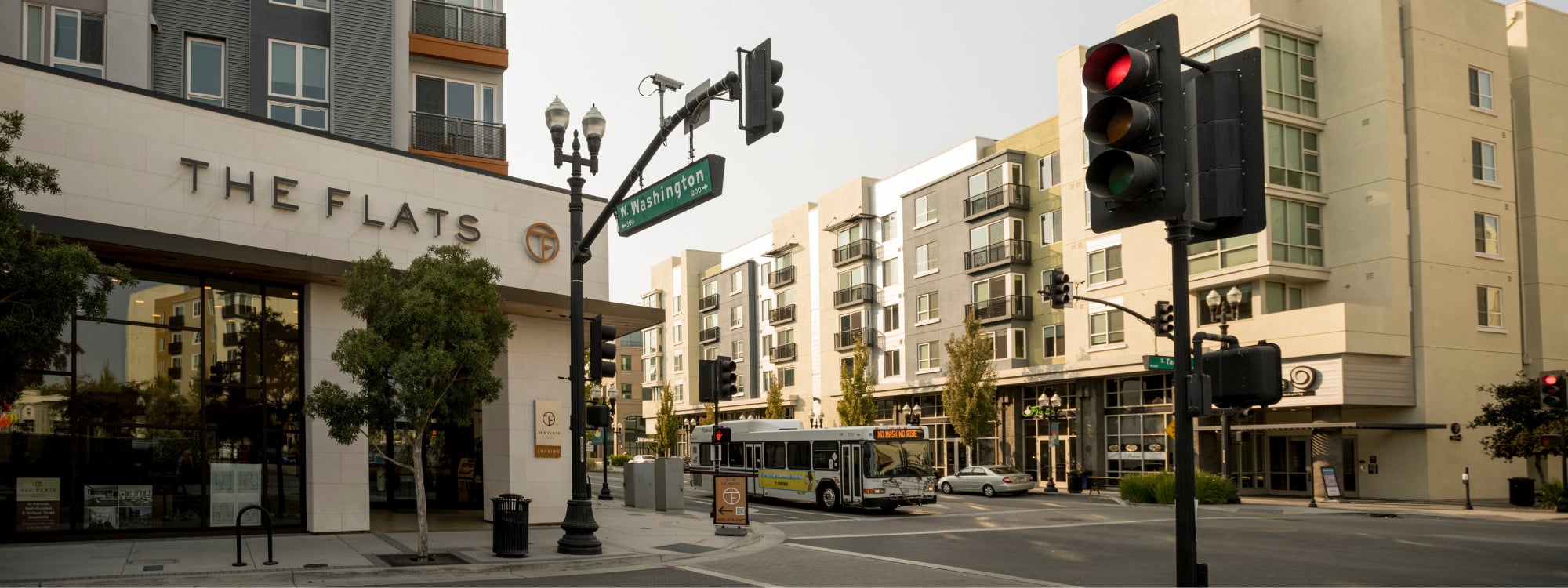If you follow California housing policy (or even just read the news!), it’s likely you may have recently heard about something called the Builder’s Remedy. But what actually is it?
While colloquially known as the Builder’s Remedy, the term is actually a provision of California State Housing Law, more technically known as Section 65589.5(d) of the Housing Accountability Act.
Originally added in 1990, the provision grants a streamlined process to developers in cities that do not have compliant housing elements—the State-mandated blueprint cities must produce to adequately plan for new housing growth. It allows builders to sidestep local zoning rules around things like height and density, letting them create projects that they otherwise could not do under normal circumstances. If cities do not have a certified Housing Element by January 31, 2023, developers will be able to bypass or build outside of existing zoning rules, as long as at least 20% of the units in the proposed housing project are provided at below market rates.
We commonly hear a range of questions about the Builder’s Remedy, so we clarify some of the uncertainties around this legal practice here!
Join us on January 31, at 12 p.m., for a discussion about the Builder’s Remedy with housing leaders from the Bay Area! Sign up.
Frequently Asked Questions
Why has no one used the Builder’s Remedy before?
Many changes have been made to California Housing Law in the last several years, making certification much more difficult for cities to achieve, greatly increasing the potential of successfully utilizing this process. While the housing element process was once merely a planning exercise, it is now a serious tool to achieve California’s housing needs.
What specifically does it allow developers to do?
While there are many different facets to it, the Builder’s Remedy itself disallows a city without a compliant housing element from denying a housing project where at least 20% of the units included are provided at below-market rates, regardless of whether or not it complies with local zoning regulations.
When does a city officially become eligible for builder’s remedy projects?
For the 101 jurisdictions within the Association of Bay Area Governments (ABAG), cities and counties without a compliant housing element certified by the California Department of Housing and Community Development will, on February 1, 2023, become eligible for use of the builder’s remedy within their borders.
Does CEQA still apply?
Yes! Importantly, this legal provision does not negate CEQA, so projects must still undergo environmental review and study.
Are there any limitations to the Builder’s Remedy?
Yes! Projects must still comply with building codes and health and safety guidelines, as well as a city’s objective design guidelines. Moreover, as mentioned previously, the HAA does not negate CEQA, so an environmental review is still required. Lastly, Builder’s Remedy projects cannot be proposed on land zoned for resource preservation or agriculture.
How can community advocates use this provision to further SMART—Sustainable, Mixed, Affordable, Resilient, Transit-Oriented—policy goals?
Because the housing element process only occurs once every 8 years, advocates currently have a unique opportunity to pursue badly needed policy changes. The threat of the Builder’s Remedy looms large; through it, advocates can push for (and win!) land use policy changes like density increases and streamlining proposals that will make infill housing easier to build and help combat sprawl throughout the Bay Area and beyond.
Ultimately, we at Greenbelt view the Builder’s Remedy as a tool of last resort. Rather than falling out of compliance and forfeiting their ability to choose how and what gets built within their borders, we strongly encourage cities to instead opt to pursue strong, compliant housing elements that not only satisfy State requirements but create the kind of atmosphere where it is feasible to build the dense infill housing necessary to house our growing population in a sustainable and resilient way.





